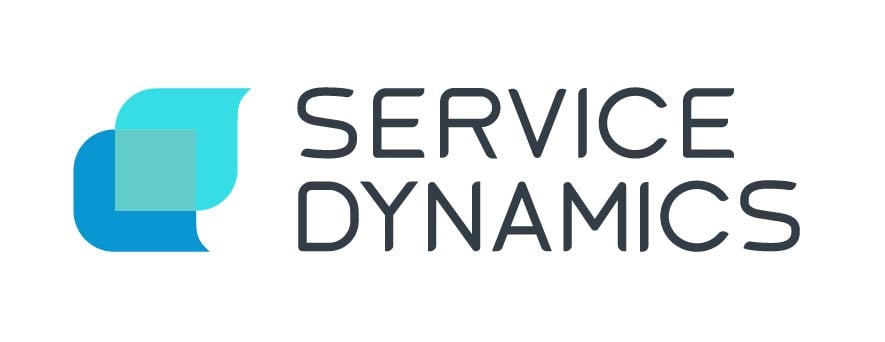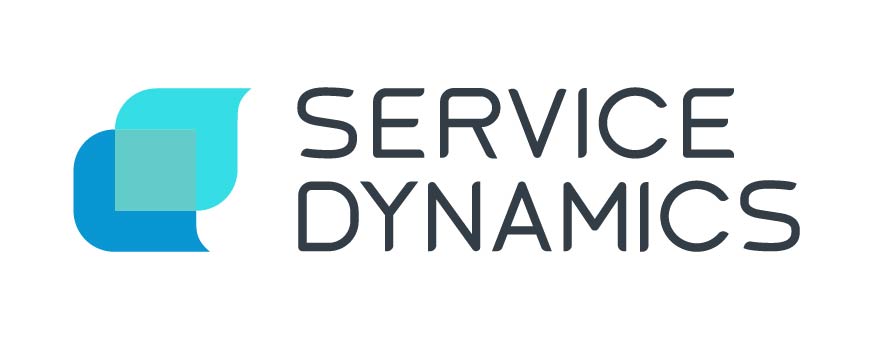You’d be hard pressed to find a job today that isn’t touched, in some way, by technology. The way that employees carry out their work, engage with customers and with each other is, more often than not, dependent on multiple digital touch points. This string of touch points makes up what is called the digital employee experience (DEX) - and efficient, collaborative organisations depend on these friction-free, efficient workflows so their workforce can do their job easily and be as productive as possible.
Here’s more on why considering DEX matters for your business.
What is Digital Employee Experience (DEX)?
Digital Employee Experience is not the same as Employee Experience (EX). While EX focuses on the overall experience within your organisation, DEX focuses on the experiences that technology offers your employees.
Digital Employee Experience is not only about how employees interact with the technology you use in your business and the quality of those touch points, but also how your IT team can support and engage with employees, deploy and service technology and resolve issues. DEX puts particular emphasis on communication and collaboration. With remote and hybrid ways of working on the rise, DEX is an important consideration for enabling employees to do their work from wherever they are located.
It considers technology across:
- Productivity tools like project management, analytics, and customer relationship management (CRM)
- Communication tools like email, instant messaging, and calls (phone and video)
- Access to information through knowledge hubs, education and professional development tools
- HR systems
The quality of an employee’s experience comes down to the devices, applications and networks they use. DEX considers things like mobility, collaboration, reliability and performance. But DEX isn’t just about automating your business. Digital experience becomes a crucial part of developing company culture, enabling productivity and employee engagement.
And yet in a recent survey from Gartner, only 13% of respondents said they were ‘fully satisfied’ with the DEX at their place of work.
As employee expectations and ways of working evolve, it will be organisations who have a strategic focus on delivering a great DEX that will attract and retain staff, generate a reputable company culture and see productivity levels that positively impact their bottom line.
Why does DEX matter?
Put simply, the easier you can make it for your people to do their work, the better. With the workforce increasingly being dominated by ‘digital natives’, users expect the seamlessness of a consumer-grade experience in the workplace. They’re accustomed to immediate and intuitive access to information, with similar user-experience across devices, from wherever they are connected. With those expectations in mind, it’s easy to see why friction like downtime, slow systems, organisational silos and workflow bottlenecks can hinder productivity and create frustration that can lead to disengagement, errors, poor performance and low morale.
An engaged workforce is a profitable one, not only through increased productivity and lower staff turnover, but also through the brand equity they help build. After all, the impact of a good employee experience is, of course, increased customer satisfaction. The easier you make it for your employees to do their work, the better the overall brand experience for your customers. This isn’t just a nice-to-have, it becomes a critical part of actually differentiating yourself in your industry through the service experience you can deliver.
Without the right systems and support, administrative tasks are inefficient, knowledge is siloed or gate-kept and errors and holdups can occur. Considering DEX puts automation in place that simplifies and streamlines the administrative tasks that your employees need to perform, giving them back more productive time for high-value work or customer engagement.
DEX is also about enabling your IT teams to answer support tickets efficiently, diagnose and resolve issues quickly - even before users become aware of them. With good DEX, you can remove support ticket overwhelm, and move from reactive to proactive support within your organisation. It frees up time for your IT resources to focus on innovation and strategic delivery of transformational technology, rather than getting caught in the day-to-day demands of IT hiccups and frustrations.
The pandemic has further accelerated the need for organisations to support remote and hybrid work, using secure cloud platforms and applications that offer exactly the same experience in performing a role (for both employees and customers), whether their employees are in the office or not.

What to consider when it comes to DEX for your business
Getting your DEX right is about more than just the technology you use. Digital tools are there to serve the employees, not the other way around. Good DEX comes down to understanding the way that your people want to work and designing solutions that support them - wherever they work from. It’s possible that while your organisation may have innovated over time and implemented technology or automated solutions, those systems are still working in silos, are not connecting with wider company workflows or are not providing the transparency needed over the whole organisation.
What DEX does is put a more strategic lens over how every digital touchpoint interacts with another, and with the necessary parts of the business, considering all moving parts of the company, user needs and challenges and future business goals.
There’s no off-the-shelf solution to good DEX. Getting it right starts by acquiring knowledge of what is and isn’t working, building out employee personas and understanding how technology can enable and automate the process and workflow that already exists. With those foundations, you can build out a customised roadmap based on technological maturity, business goals and budget.
Every business will have its own roadmap, but whatever it is, it should provide clarity of steps in alignment with your organisation’s overarching end goal. A roadmap should also outline how you’ll measure success - and doing so requires you to have a well-defined objective in the first place. While upfront investment will need to be made, the productivity gains and more strategic use of scalable technology will ultimately result in long-term benefits to your bottom line.
Where do you start with a DEX strategy?
As with any change, success is dependent on the buy-in of stakeholders. Without adequate consultation with end-users, you’ll likely come up against resistance and continued frustration. There’s no point implementing new processes if users find work-arounds to better suit their preferences (and they will!), which can open your organisation up to security issues and further silos of information. Taking the time to involve, educate and upskill users from the start will play a part in a successful implementation.
There will always be some users who are more agile and open to change than others. But resistance usually comes down to fear of the unknown. Which is why good DEX and training go hand-in-hand. It’s important to communicate that DEX isn’t just a concern for IT teams - for many organisations an objective of DEX is to break down silos, so collaboration across departments is essential.
- Provide an organised roll-out strategy that minimises disruption for your organisation.
- Articulate your intentions, the objectives around change, and the benefits it will bring to users.
- Provide adequate on-boarding and training support that meets your employees where they’re at.
- Communication and clarity about the positive impacts for employees and significant stakeholders will generate consensus.
- Having an internal team of ‘champions’ can help with building positive sentiment towards change.
Remember too, implementing a DEX strategy isn’t necessarily about a complete overhaul. It should consider how legacy technology can be integrated into more efficient workflows. It’s also not about changing process to fit with technology. Rather your solutions should flex to the ways of working that work best for your employees. This is where research and consultation with your workforce are critical.
An outside perspective from experienced DEX practitioners can help you better understand where opportunity exists to leverage technology in your business. Opt for partners with knowledge across a number of platforms, so that you can trust you’re getting the best recommendations for your business needs. Consider your overall business ambitions and what that means for the sustainability and scalability of technology, long-term. While your DEX strategy isn’t a set-and-forget solution, you don’t want to have to significantly re-invest in new technology regularly. The right partner will also stick around to offer on-going support and help you make sense of data so you can continue to measure the success of your tech stack and refine where necessary. This part is just as important as the strategy and implementation itself.
Does your organisation need a DEX strategy?
The benefits for a good digital employee experience extend well beyond increased efficiency and productivity. In a market where recruitment is tight, organisations who prioritise DEX will set themselves up as an attractive place to work. Likewise, industry differentiation with customers will come down to the experience you’re able to deliver to them. Giving your employees access to information and technology that enables them to do their best work, with minimal disruption and downtime. If you’re curious about what opportunities exist for your organisation, get in touch for a no-obligation chat about your business challenges and goals.



